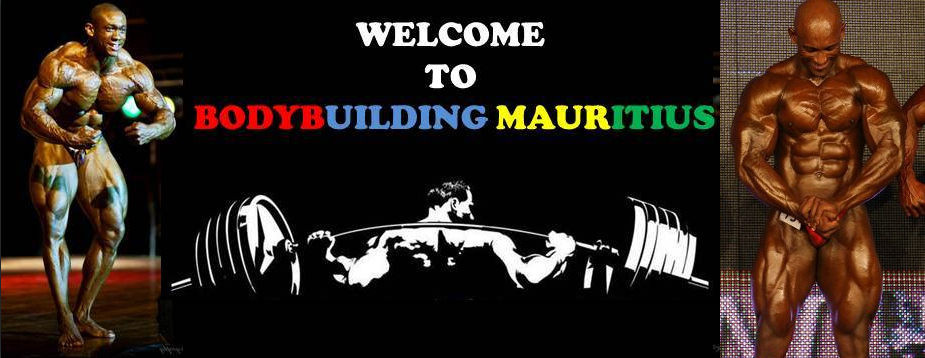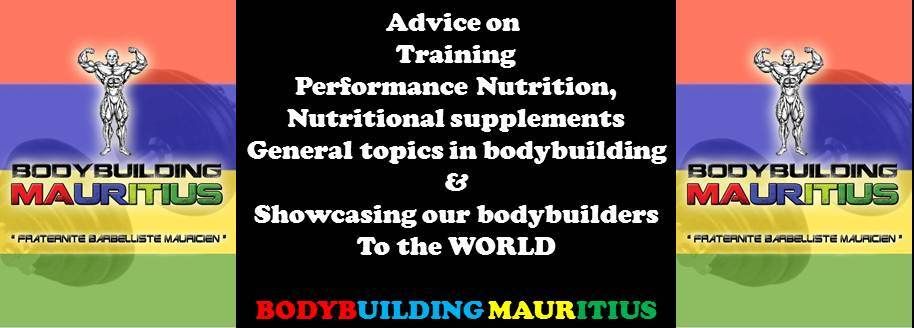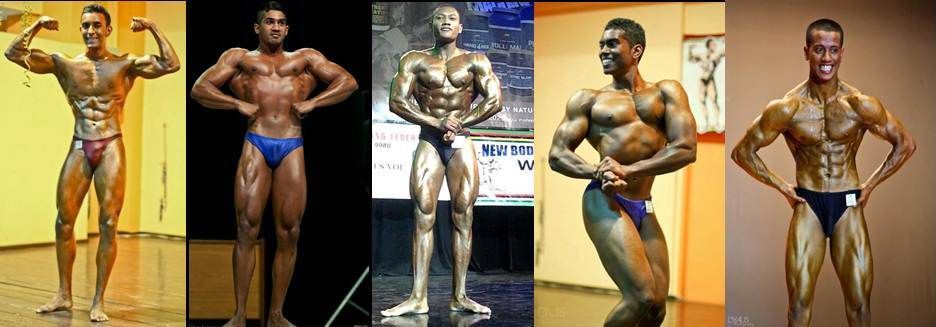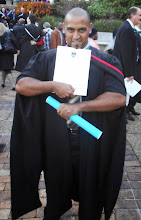Harold Poole: Uncrowned Mr. Olympia
Born
December 25, 1943
Louisville,
Kentucky, USA
Poole
arrived (without wrapping) as a 1943 Christmas day gift to his parents in
Louisville, Kentucky. His athleticism was apparent after he became quarterback
on the football team at Shortridge High School in Indianapolis. He placed
fourth in the state high-school wrestling championships, ran 440 yards in 50
seconds, and put the 12-pound shot 55 feet.
A
speech problem caused Poole major concern, so he took off from school for a
year to attend the Bogue Institute for Stammerers in Indianapolis.
In
1960, Poole entered the Mr. America and at age 16 took 18th place. His final
AAU teen opportunity came in June 1963, where he won most muscular, but was the
runner-up to Vern Weaver.
Three
months later, Poole switched to the IFBB and, at age 19, he won the Mr. Universe.
The next year, he became the first African-American to be named Mr. America
(Chris Dickerson, in 1970, was the first African-American to win the AAU Mr.
America). Poole then became the only man to compete in the first three Mr.
Olympia contests.
He
retired from IFBB competition following the 1982 Night of Champions when he
placed out of the top 10.
Source: www.ifbbpro.com
Contest History
1960
Mr
America - AAU, 18th
Mr
Mid-America - AAU, Most Muscular, 2nd
1961
Mr
America - AAU, 4th
Junior
Mr America - AAU, Central Overall Winner
1962
Mr
America - AAU, Most Muscular, 1st
Mr
America - AAU, 2nd
Mr
North America - AAU, Winner
1963
Mr
America - AAU, Most Muscular, 1st
Mr
America - AAU, 2nd
Teen
Mr America - AAU, 2nd
Universe
- IFBB, Tall, 1st
Universe
- IFBB, Overall Winner
1964
Mr
America - IFBB, Tall, 1st
Mr
America - IFBB, Overall Winner
1965
Olympia
- IFBB, 2nd
1966
Olympia
- IFBB, 2nd
1967
Pro
Mr America - WBBG, Winner
Olympia
- IFBB, 3rd
1968
Pro
Mr America - WBBG, Winner
1971
Mr
USA - IFBB, Tall, 1st
1972
Mr
World - IFBB, Tall, 3rd
1979
Canada
Pro Cup - IFBB, Did not place
1980
Night
of Champions - IFBB, 11th
1981
Canada
Pro Cup - IFBB, 9th
Grand
Prix California - IFBB, Did not place
Grand
Prix New England - IFBB, 9th
Night
of Champions - IFBB, 6th
1982
World
Pro Championships - IFBB, 9th
Source: www.musclememory.com



























































.jpg)











